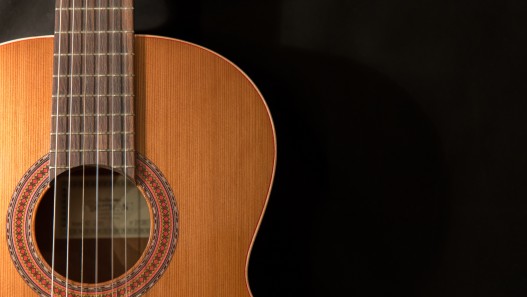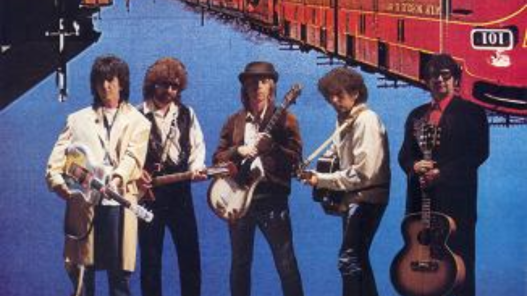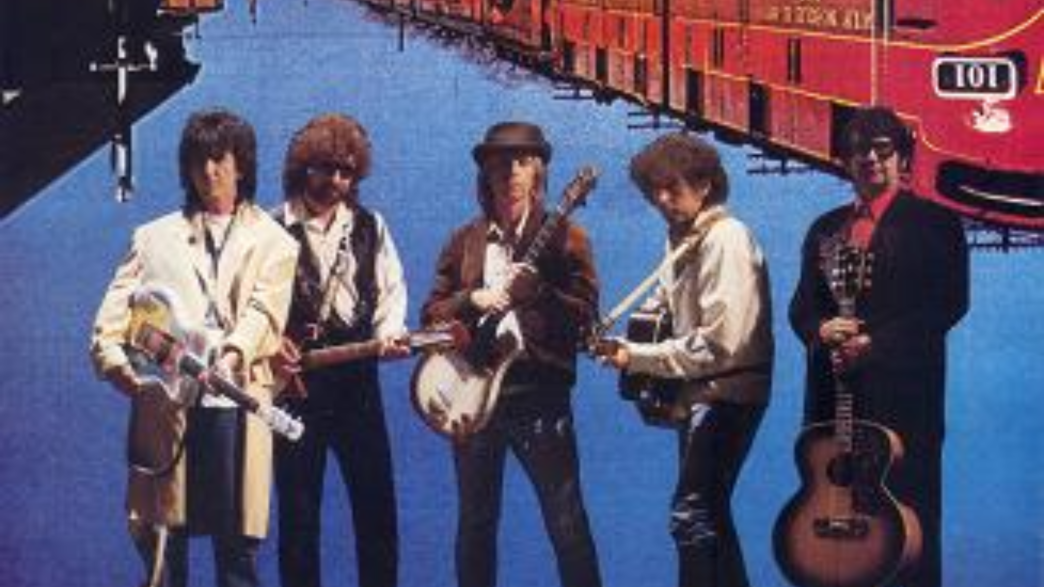That unmistakable guitar rhythm. Those harmonies that feel like old friends catching up.
“End of The Line” by the Traveling Wilburys isn’t just a song—it’s a musical hug.
When Harrison, Dylan, Petty, Lynne, and Orbison joined forces, they created something truly special. This track has become the go-to comfort song for countless music lovers since its 1988 release.
Looking to add this gem to your playing collection? You’re in the right place! This guide breaks down all the chords in simple terms and provides the complete lyrics, allowing you to share this musical treasure with friends and family.
Even if you’re just starting out on guitar, these straightforward chords will have you playing along in no time. The hardest part might be stopping once you start!
Ready to bring this beloved classic to life?
End of The Line Chords Used
Good news for players! “End of The Line” uses familiar chords that sound impressive together:
A CHORD [X02220] – Place three fingers in a row on the 2nd fret across D, G, and B strings
D CHORD [XX0232] – Form a triangle on the 2nd and 3rd frets of the top three strings
E CHORD [022100] – The classic E shape with three fingers on the 1st and 2nd frets
G CHORD [320003] – Create a triangle pattern between the 2nd and 3rd frets
Bm CHORD [X24432] – The trickier barre chord, but worth learning!
F#m CHORD [244222] – Another barre chord that gives the song its emotional depth
These six chords create the song’s uplifting, road-trip feel that made it a classic. The progression follows the hopeful message of the lyrics, carrying listeners through both melancholy and optimism.
|
MAIN PROGRESSION: A → E → F#m → D → A → E (Verse) CHORUS: D → A → E → A STRUMMING PATTERN: Down, Down-Up, Up-Down-Up (♩ ♪♪ ♪♪♪) |
The rhythm has that signature train-like feel that perfectly matches the “end of the line” theme!
End of The Line – Traveling Wilburys Lyrics with Chords
Difficulty: Beginner to Intermediate
Tuning: Standard (EADGBE)
Key: A Major
Tempo: Moderate, upbeat (♩ = 108-112 BPM)
Capo: None (play in original key)
Recording note: For authentic sound, use steady rhythm strumming with slight emphasis on the downbeats to capture the train-like rhythm
This classic track from the supergroup features a straightforward chord progression that makes it accessible for most players.
The song’s signature train-like rhythm and positive message have made it a favorite for both listeners and guitarists since its 1988 release.




Guitar Tutorial to Play End of The Line
Follow this easy guitar tutorial to learn the chords, strumming pattern, and rhythm needed to play “End of The Line” smoothly and confidently.
This beloved supergroup classic uses straightforward chord progressions that even newer guitarists can master with a bit of practice.
Helpful Pointers for Playing “End of The Line”
Here are some practical tips to help you master this Traveling Wilburys classic:
- Timing: Change chords on the downbeat of each measure to stay in rhythm with the train-like feel
- Transitions: Focus extra practice on the F#m to D chord change, which comes up frequently in the verses
- Simplify: If barre chords are challenging, substitute an F#m7 [2-4-2-2-2-2] or even a D with F# bass for the F#m
- Dynamics: Start with lighter strumming during verses and increase intensity during the chorus sections
- Rhythm: Keep your strumming hand moving in a constant down-up pattern even when not hitting the strings
- Harmony: Practice singing the chorus with friends – the song was built for multiple voices!
- Flexibility: Don’t worry about playing every note in each chord – focus on the bottom 4 strings if needed
From Learning to Playing
Ready to bring “End of The Line” to life on your guitar? This Traveling Wilburys gem isn’t just a song—it’s a journey worth taking.
With the chords, strumming patterns, and tips we’ve covered, you now have everything needed to play this beloved classic.
The beauty of this song lies in its accessibility and meaningful lyrics. Even if you’re still working on those chord transitions, the joy comes from the process of learning and playing.
So pick up your guitar, embrace the learning process, and enjoy the musical ride. After all, as the Wilburys remind us, it’s all right—even at the end of the line.
Need more help? Check out our other music theory blogs for tips on understanding beats, creating and analysing songs, and learn guitar scales.














